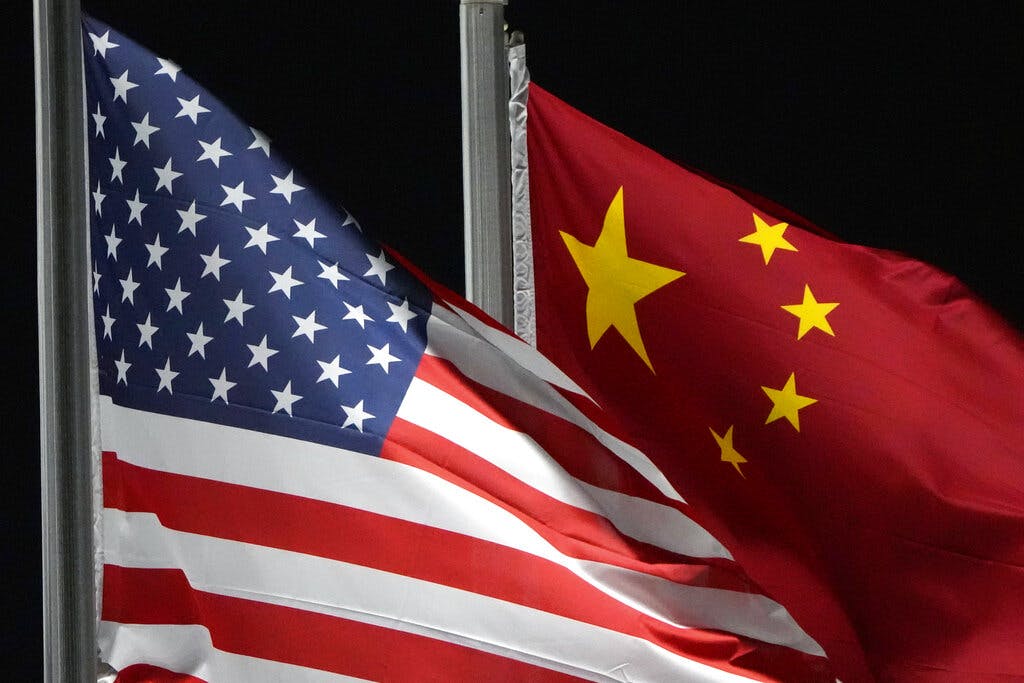Would Shooting Down Chinese Spy Balloon Really Have Posed a Risk?
State Secretary Blinken cancels a trip to Beijing as big questions loom, including whether America’s military has the capability to shoot down the spy balloon.

The Pentagon reportedly knew for days that a large unmanned Chinese spy balloon was floating high above American airspace, and well before its proximity to an altitude from which it could have impacted commercial aviation triggered a brief ground stop at Montana’s Billings Logan International Airport on Wednesday.
So why didn’t the Air Force just shoot it down? As desirable as that course of action might have been — if nothing else than for the clear “Keep Out” message it would have telegraphed to Beijing — what is technically doable is not necessarily always feasible.
No one can underestimate the gravity of the situation: an oversized spy balloon dispatched by Communist China, the size of three school buses stacked end to end, prying on some of America’s most sensitive military installations including an airbase housing intercontinental ballistic missile fields.
Arguably the only element of the brazen Chinese intrusion that keeps it from being a casus belli is if the predatory device remained at a constant altitude of 60,000 feet or more, which would have put it at a remove from American jurisdictional airspace. How low it did go, is not immediately clear.
Clearly, though, there was alarm at the White House. President Biden was duly apprised. F-22 fighter jets were scrambled. Yet Defense Secretary Austin advised against taking “kinetic” action, particularly out of concern for potential harm to those on ground from the debris that might have fallen. But Montana is largely wilderness. Was that concern overblown?
An electronics engineer and colonel in the Hellenic Air Force, Konstantinos Zikidis, told the Sun that while falling debris would not go unnoticed, “no significant harm” would likely have come of it. Part of the reason for that is the nature of the aerial device itself: it is a balloon after all — albeit a large one — not a satellite or plane.
“Taking into account the altitude of the spy balloon (reported to be possibly above 100,000 feet), most anti-aircraft or anti-ballistic missiles would not be capable of shooting it down,” Mr. Zikidis said, “so the choice of missiles would be limited to systems such as the RIM-161 SM-3 and the RIM-174 SM-6, both [manufactured by] Raytheon.’”
“Excluding the SM-3 due to its high cost (more than $10 million), the SM-6 (almost $5 million) would marginally reach and hit such a high flying balloon,” the colonel continued. “Furthermore, the very low velocity should also be taken into account, since such missiles are designed to be used against incoming ballistic missiles, not quasi-stationary balloons, exhibiting low doppler effect and small infrared signature. Therefore, the possibility of failure should not be excluded,” he said.
But would it not have been worth taking the risk all the same? “I suppose that, for all these reasons, it was decided to declare that there would be no attempt to shoot down the spy balloon and let it fly away,” Mr. Zikidis said, “for the moment, at least.”
In the meantime, State Secretary Blinken has canceled a much-anticipated trip to Beijing, even as Beijing tried to downplay the incident by rather tepidly dismissing the aerial invader as a weather balloon blown off course.
The forecast calls for a rise in temperature. In a statement, Select Committee on the CCP Chairman Mike Gallagher, the Republican Congressman from Wisconsin, called the Chinese action “a violation of American sovereignty” and that “the incident demonstrates that the CCP threat is not confined to distant shores—it is here at home and we must act to counter this threat.”
Ready or not, the Biden administration is finding out that debris can come in multiple and often unanticipated forms.

